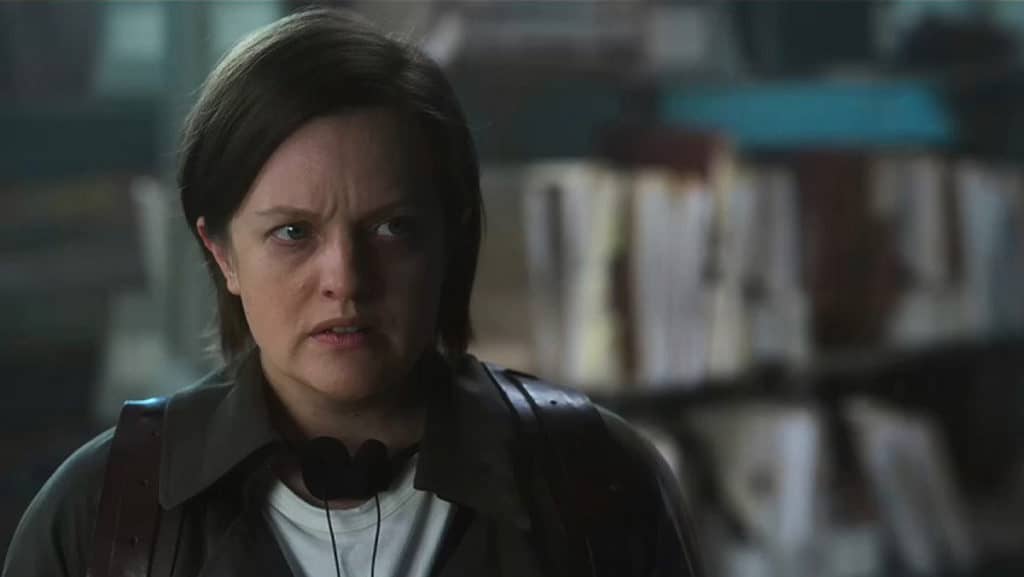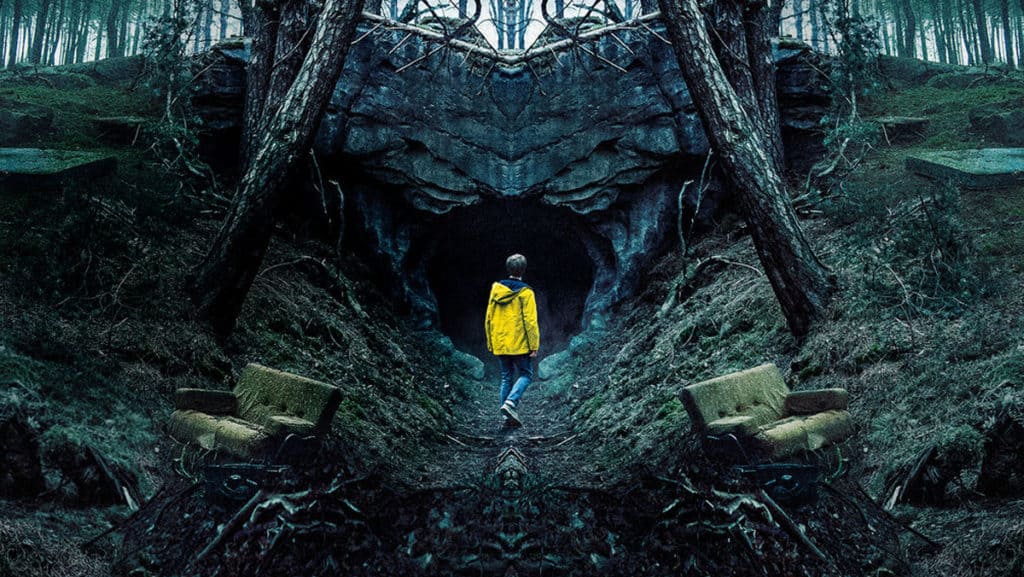The Double Life of Véronique is one of the most delicate and enigmatic works of Krzysztof Kieślowski. A film that oscillates between reality and imagination, telling the story of two women with identical faces but living in two different countries—one in Poland (Weronika) and the other in France (Véronique). Like a piece of classical music, with a slow rhythm and deep emotion, it explores the parallel experiences of these two characters.
Weronika, a Polish girl with extraordinary musical talent, suddenly encounters a tragic event. At the same time, Véronique, a French music teacher who has never seen her, feels an inexplicable sense of an invisible loss. Without offering a logical explanation, the film mystically illustrates that these two women are invisibly connected—one loses her life, and the other embarks on a new path.
One of the most outstanding features of the film is its stunning visual style. Zbigniew Preisner, Kieślowski’s longtime composer, has created a score that, like the film’s hazy dreams, is gentle yet piercing, enveloping the audience’s soul. Slawomir Idziak’s cinematography, with its warm golden and green tones, lends the film a surreal and dreamlike quality.
The use of special lenses, reflections in mirrors and glass, and the interplay of light and shadow all contribute to a mysterious atmosphere that perfectly aligns with the film’s themes. Irène Jacob’s delicate and deeply emotional performance forms the cornerstone of the film’s success. With a serene face and eyes that reflect unspoken emotions, she masterfully portrays two distinct characters in two different countries.
Krzysztof Kieślowski is regarded as one of the most influential and distinguished filmmakers in history. The creator of enduring works such as Blind Chance, Camera Buff, Dekalog, and the Three Colors trilogy (Blue, White, and Red), he made The Double Life of Véronique before his celebrated trilogy of colors.
Having lived through the Cold War and worked under the rule of the communist system in Eastern Europe, Kieślowski developed a perspective that led him to explore themes of state control, censorship, morality, fate, and the impact of political ideologies on both individual and collective lives in many of his films. On the other hand, his time in free France allowed him to gain a deeper understanding of the stark contrast between the two opposing worlds of Eastern and Western Europe—an influence that is vividly reflected in his works.
The Double Life of Véronique raises fundamental questions about the nature of humanity, identity, and fate. Are we merely independent individuals, or are we part of something greater? Is our destiny predetermined, or is it continuously taking shape with every passing moment? Rather than offering clear answers, Krzysztof Kieślowski immerses the viewer in a space of thought and emotion, inviting them to a deeply intuitive experience of existence.
In Kieślowski’s world, the boundary between reality and metaphysics fades; life’s moments are filled with signs, as if fate has deliberately placed them in the characters’ paths. The connection between the Polish Weronika and the French Véronique is not just a matter of physical resemblance or coincidence—it is an expression of an ontological unity that lies beyond rational comprehension. They are unaware of each other’s existence, yet a shared feeling flows through their subconscious—an unspoken bond manifesting in music, glances, and meaningful silences.
The difference between the two narratives of the film can be observed in how the destinies of the two characters take shape and how their environment influences them. The Polish Véronique lives in a confined space, filled with social and political pressures; as a musically gifted individual, she is forced to conform to a system that is not particularly receptive to personal freedom and creativity. These pressures push her onto a path that leads to her downfall, without ever granting her the opportunity to choose. In contrast, the French Véronique lives in a more open and free world, yet this freedom does not equate to liberation. Unlike the Polish Véronique, she has the ability to make choices, and after experiencing an invisible loss, she instinctively alters the course of her life. While one character falls victim to her social circumstances, the other unconsciously escapes a predetermined fate.
Kieslowski delicately reflects this duality not only in the destinies of the characters but also in the film’s visual style. The Polish setting is darker, more enclosed, and heavier, whereas France, with its warmer colors and more fluid camerawork, conveys a greater sense of freedom. In his signature style, Kieslowski avoids offering a logical explanation for this connection, instead relying on intuition and emotion to guide the audience. The film does not solely explore the concept of fate but also the invisible connections between human beings—connections that may not be explainable in the physical realm but are undeniably present in sensory and internal experiences.
Ultimately, The Double Life of Véronique emphasizes the small yet meaningful moments of life—moments that can only be understood through feeling, not logic. With a poetic narrative, Kieslowski creates an experience that compels the audience to reflect on the unseen subtleties of existence—an experience that, like a familiar melody, lingers in the subconscious and resonates in the mind time and again.
The years 1990 and 1991 are considered a critical and turbulent period in European history. This era was marked by the fall of the Soviet Union, the end of the Cold War, and widespread transformations across Eastern and Western Europe. Poland was no exception. The country was undergoing one of its most significant historical transitions—from communism to democracy and a free-market economy. After the fall of communism in 1989, Poland held its first presidential election in December 1990. This event was a turning point in the nation’s history, officially ending communist rule.
The Double Life of Véronique emerged in the midst of these transformations, and the film’s atmosphere reflects these changes. The two main characters, the Polish Weronika and the French Véronique, exist in parallel worlds yet are mysteriously connected. This duality is not only depicted visually and emotionally but also serves as a reflection of the political differences between Eastern and Western Europe.
The Polish Weronika lives in a gray, constrained environment overshadowed by social limitations. Despite her extraordinary musical talent, her life meets a tragic end, as if the system itself consumes her abilities. In contrast, the French Véronique lives in a more open space, free from rigid systemic constraints, yet she remains haunted by an obscure sense of loss and an unseen presence.
One of the key political elements of the film is the lack of direct communication between the two main characters; nevertheless, their destinies are invisibly intertwined. This situation can be seen as a symbol of the divide between the Eastern and Western Blocs during the Cold War, where citizens on either side of the Iron Curtain, despite cultural and human similarities, lived in different and sometimes opposing worlds. The Double Life of Véronique is not merely a film to be watched; it must be felt. This work is an experience that lingers in the mind and soul of the viewer, prompting them to question identity, fate, and the unseen connections between people, while erasing the boundary between reality and imagination. Kieslowski, with a metaphorical and profound perspective, paints a world where human destiny is shaped not only by personal choices but also by invisible forces that sometimes go beyond human comprehension.
At the heart of this poetic narrative, the Cold War, the divide between East and West, and the fate of two individuals on opposite sides of history are delicately interwoven. Kieslowski demonstrates how ideologies, power structures, and shared history have shaped the lives of individuals on both sides of a continent in different ways. Yet ultimately, what remains is not geographical borders or ruling politics, but the unseen and sensory moments that flow through music, glances, and meaningful silences. Véronique and Weronika, like notes in a piece of music, are invisibly connected in harmony without ever knowing each other. And perhaps this is the very question Kieslowski wants to leave in our minds: Are we merely the actors of our own fate, or are we part of a greater melody that is constantly being played?





